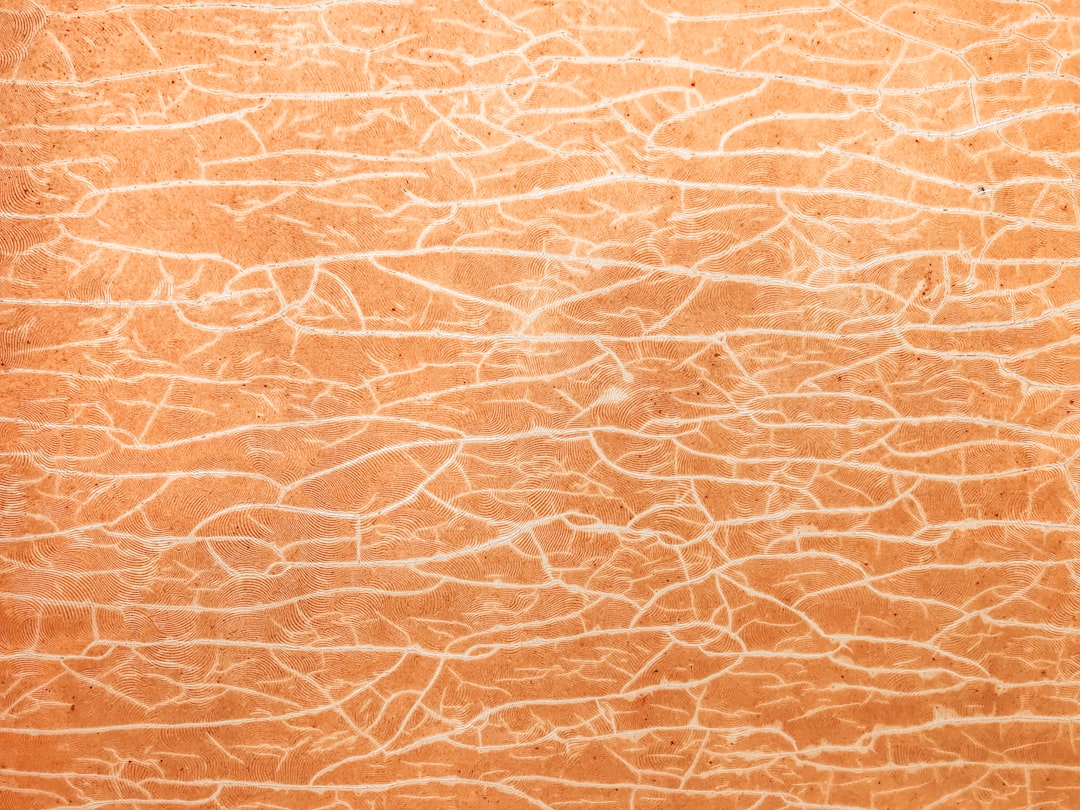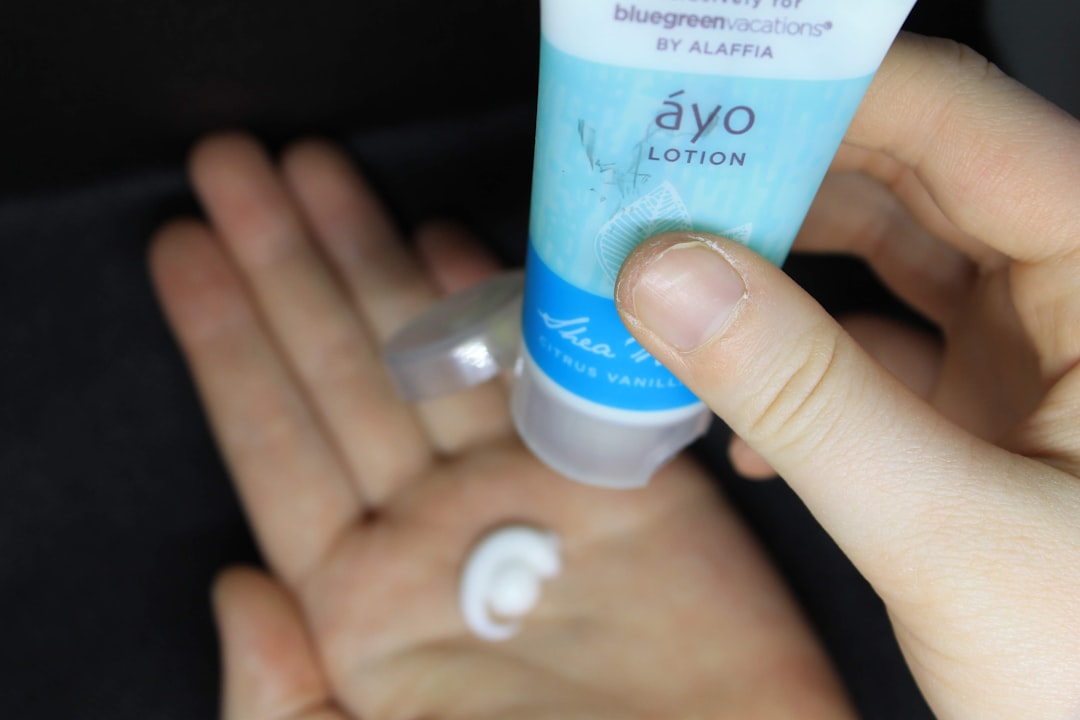When it comes to observing changes in your skin, it’s important to pay attention to any differences in texture, tone, and overall appearance. One of the first things to look out for is any changes in the colour of your skin. This could include the development of dark spots, redness, or uneven pigmentation. Additionally, keep an eye out for any changes in the texture of your skin. This could manifest as rough patches, dryness, or an increase in oiliness. Another important aspect to observe is the overall appearance of your skin. Look for signs of dullness, fine lines, wrinkles, or sagging. By regularly observing these changes, you can better understand the specific concerns you may have and track any improvements over time.
Furthermore, it’s essential to take note of any changes in your skin’s elasticity and firmness. As we age, our skin naturally loses some of its elasticity, leading to a loss of firmness and the development of wrinkles. By observing these changes, you can better understand the effectiveness of the skincare products you’re using and make adjustments as needed. Additionally, pay attention to any changes in the size of your pores. Enlarged pores can be a sign of excess oil production or a loss of elasticity in the skin. By monitoring these changes, you can better understand how your skin is responding to the products you’re using and make informed decisions about your skincare routine.
Summary
- Regularly observe your skin for any changes in texture, colour, or appearance
- Pay attention to any improvements in specific skin concerns such as acne, dryness, or pigmentation
- Consider the ingredients in your skincare products and their effects on your skin
- Monitor your skin for any signs of sensitivity or irritation when using new products
- Seek professional advice if you have any concerns about your skin or skincare routine
- Give your skincare products time to work before expecting to see significant results
Monitoring Skin Texture and Appearance
When it comes to monitoring skin texture and appearance, it’s important to pay attention to any changes in the smoothness and clarity of your skin. One of the first things to look out for is any changes in the texture of your skin. This could manifest as rough patches, dryness, or an increase in oiliness. Additionally, keep an eye out for any changes in the clarity of your skin. This could include the development of acne, blemishes, or redness. Another important aspect to observe is the overall radiance of your skin. Look for signs of dullness or a lack of glow. By regularly monitoring these aspects of your skin, you can better understand the specific concerns you may have and track any improvements over time.
Furthermore, it’s essential to take note of any changes in the appearance of fine lines and wrinkles. As we age, our skin naturally develops fine lines and wrinkles, but certain skincare products can help minimise their appearance. By monitoring these changes, you can better understand the effectiveness of the products you’re using and make adjustments as needed. Additionally, pay attention to any changes in the appearance of dark spots or uneven pigmentation. These can be signs of sun damage or ageing and can be improved with the right skincare routine. By monitoring these changes, you can better understand how your skin is responding to the products you’re using and make informed decisions about your skincare routine.
Noticing Improvement in Specific Skin Concerns
When it comes to noticing improvement in specific skin concerns, it’s important to focus on the areas that are most important to you. For example, if you have concerns about dark spots or uneven pigmentation, pay close attention to any changes in these areas. Look for a reduction in the intensity of the dark spots or a more even tone overall. Additionally, if you’re concerned about fine lines and wrinkles, monitor any improvements in their appearance. Look for a reduction in the depth of the lines or a smoother texture overall. By focusing on specific concerns, you can better track the effectiveness of the products you’re using and make informed decisions about your skincare routine.
Furthermore, if you have concerns about acne or blemishes, pay close attention to any changes in their frequency and severity. Look for a reduction in the number of breakouts or a decrease in redness and inflammation. Additionally, if you have concerns about dryness or oiliness, monitor any improvements in these areas. Look for a more balanced level of hydration and a reduction in excess oil production. By focusing on specific concerns and noticing improvements over time, you can better understand how your skin is responding to the products you’re using and make adjustments as needed.
Considering the Ingredients and Their Effects
When considering the ingredients in your skincare products and their effects on your skin, it’s important to be mindful of any potential irritants or allergens. Take note of any ingredients that have caused sensitivity or irritation in the past and avoid products that contain them. Additionally, pay attention to any new ingredients that may be causing a reaction and consider eliminating them from your routine. By being aware of the ingredients in your skincare products and their effects on your skin, you can better understand what works for you and what doesn’t.
Furthermore, it’s essential to consider the active ingredients in your skincare products and their specific effects on your skin concerns. For example, if you’re looking to address dark spots or uneven pigmentation, look for products containing ingredients like vitamin C or niacinamide, which can help brighten and even out the skin tone. If you’re concerned about fine lines and wrinkles, consider products with retinol or peptides, which can help improve the appearance of ageing skin. By understanding the specific effects of different ingredients, you can make more informed decisions about the products you use and tailor your skincare routine to address your specific concerns.
Checking for Skin Sensitivity or Irritation
When it comes to checking for skin sensitivity or irritation, it’s important to be mindful of any signs of redness, itching, burning, or stinging after applying skincare products. These can be indicators that a product is causing irritation or an allergic reaction. Additionally, pay attention to any changes in the texture or appearance of your skin after using a new product. If you notice any unusual bumps, rashes, or dry patches, it may be a sign that a product isn’t agreeing with your skin. By regularly checking for signs of sensitivity or irritation, you can better understand how your skin is reacting to the products you’re using and make adjustments as needed.
Furthermore, it’s essential to conduct patch tests when trying out new skincare products to check for potential sensitivity or irritation. Apply a small amount of the product to a discreet area of your skin, such as behind your ear or on your inner arm, and monitor for any adverse reactions over 24-48 hours. If you notice any redness, itching, or other signs of irritation during this time, it’s best to avoid using the product on your face or other sensitive areas. By being proactive about checking for sensitivity or irritation, you can prevent potential adverse reactions and ensure that the products you use are suitable for your skin.
Seeking Professional Advice
When it comes to seeking professional advice about your skincare routine, it’s important to consult with a dermatologist or skincare specialist who can provide personalised recommendations based on your specific concerns and skin type. They can assess your skin’s needs and recommend products and treatments that are best suited for you. Additionally, they can offer guidance on how to address specific concerns such as acne, ageing skin, or hyperpigmentation and provide professional treatments that can complement your at-home skincare routine.
Furthermore, seeking professional advice can also help identify any underlying skin conditions that may be contributing to your concerns. A dermatologist can diagnose conditions such as eczema, rosacea, or psoriasis and provide targeted treatments to address these issues. By consulting with a professional, you can gain valuable insights into your skin’s needs and receive expert guidance on how to achieve optimal skin health.
Giving the Product Time to Work
When it comes to giving skincare products time to work, it’s important to be patient and consistent with your routine. Many skincare products require regular use over an extended period to see noticeable results. It’s essential to follow the recommended usage instructions for each product and give them time to deliver their intended benefits. Additionally, be mindful that some products may cause temporary purging as they work to unclog pores and promote cell turnover. This can initially lead to an increase in breakouts before improvements are seen.
Furthermore, it’s important to give each product enough time before introducing new ones into your routine. Using multiple new products at once can make it difficult to determine which ones are effective and which may be causing adverse reactions. It’s best to introduce one new product at a time and use it consistently for several weeks before assessing its impact on your skin. By being patient and allowing sufficient time for each product to work its magic, you can better evaluate their effectiveness and make informed decisions about your skincare routine.
Are you wondering how to determine if your skincare products are truly effective? In a recent article on Best Skincare Products, we explore the signs that indicate whether your skincare routine is delivering the desired results. From changes in skin texture to improvements in hydration levels, understanding these indicators can help you assess the efficacy of your chosen products. For more insights on maintaining healthy and youthful skin, check out their article on aging gracefully: skincare tips for mature skin.
FAQs
What are the signs that a skincare product is working?
Signs that a skincare product is working include improved skin texture, reduced appearance of fine lines and wrinkles, minimized pores, balanced oil production, and a more even skin tone.
How long does it take to see results from a skincare product?
The time it takes to see results from a skincare product can vary depending on the specific product and individual skin type. Generally, it can take anywhere from a few weeks to a few months to see noticeable improvements in the skin.
What should I look for when assessing the effectiveness of a skincare product?
When assessing the effectiveness of a skincare product, look for changes in your skin’s appearance and texture, such as reduced redness, improved hydration, and a more radiant complexion. It’s also important to consider whether the product is addressing your specific skin concerns, such as acne, dryness, or signs of aging.
Can a skincare product cause temporary negative effects before showing positive results?
Yes, some skincare products may cause temporary negative effects, such as purging or initial breakouts, before showing positive results. This is often the case with products that contain active ingredients like retinoids or exfoliating acids.
What should I do if I don’t see any improvements from a skincare product?
If you don’t see any improvements from a skincare product after giving it sufficient time to work, consider consulting a dermatologist or skincare professional for personalized advice. It’s possible that the product may not be suitable for your skin type or concerns, and they can recommend alternative options.




